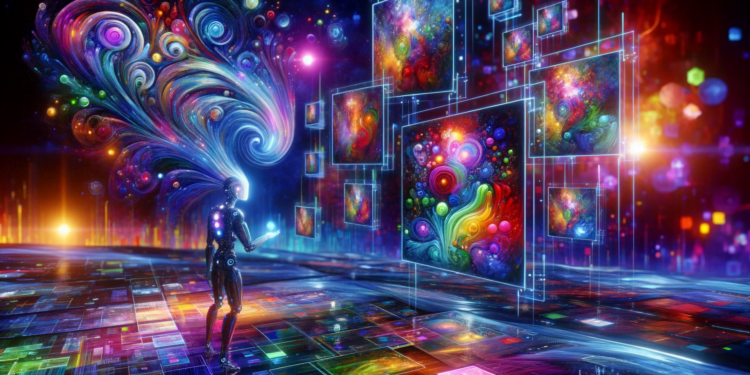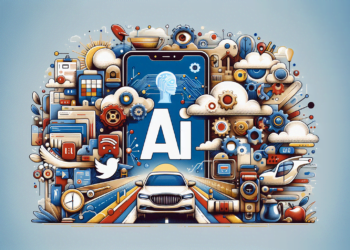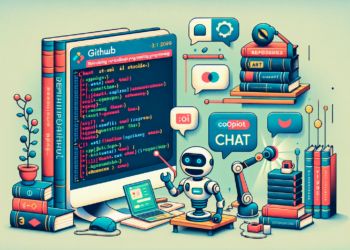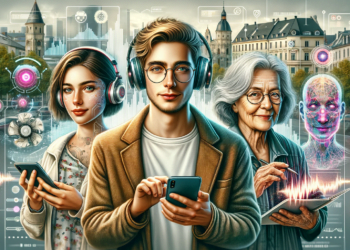In the dynamic landscape of artificial intelligence (AI), Stable Diffusion emerges as a potent and disruptive tool in image generation. This article delves into Stable Diffusion, exploring its technological foundation, functionalities, innovations, applications, and the surrounding ethical and legal debates concerning its use.
Foundations of Stable Diffusion
Stable Diffusion is an AI model designed for generating images based on textual descriptions. Developed by Stability AI, the model has gained notoriety for its ability to create detailed and artistically rich images from simple text commands. This technology signifies a substantial advancement in the field of image synthesis, enabling a new form of AI-assisted creativity.
Technology and Functionality
The technological backbone of Stable Diffusion lies in advanced machine learning algorithms, particularly in the use of deep neural networks. These networks are trained with extensive datasets of images and text, learning to interpret textual descriptions and translate them into visual representations. The efficiency and quality of the images produced by Stable Diffusion result from its neural network architecture and its training with a vast corpus of visual and linguistic data.
Innovations and Improvements
Stable Diffusion has implemented significant improvements in image generation. The image quality, their fidelity to the textual descriptions, and the diversity of styles and themes it can encompass are aspects that have been enhanced with each model update. These innovations have pushed the boundaries of what was once considered possible in AI-generated art.
Applications Across Various Fields
The flexibility and power of Stable Diffusion have made it popular for a variety of applications. From creating digital and conceptual art to graphic design and advertising, Stable Diffusion is being used to explore new frontiers in visual expression. Its ability to quickly generate visualizations of ideas makes it a valuable tool for professionals and hobbyists alike.
Ethical and Legal Challenges
Like other similar AI tools, Stable Diffusion faces ethical and legal questions. The most prominent concerns revolve around copyright and intellectual property, particularly considering that the model is trained with existing artworks and photographs. The issue of authorship and rights over the generated images remains an area of intense debate, posing significant challenges to the current legal framework.
The Future of Stable Diffusion
Looking ahead, Stable Diffusion is poised to continue impacting the AI-driven image generation field. The ongoing evolution of the model and improvements in its ability to produce even more realistic and creative images promise to open new possibilities in art, design, and beyond. However, this progression will also lead to ongoing debates about its ethical and legal impact on society.
Conclusion
Stable Diffusion represents a milestone at the intersection of AI and visual creativity. As the technology continues to evolve, it redefines the possibilities of image generation and raises fundamental questions about creativity, authorship, and ethics in the digital age. Its influence on art, design, and other creative areas is undeniable and will remain a focal point of innovation and discussion in the coming years.






















